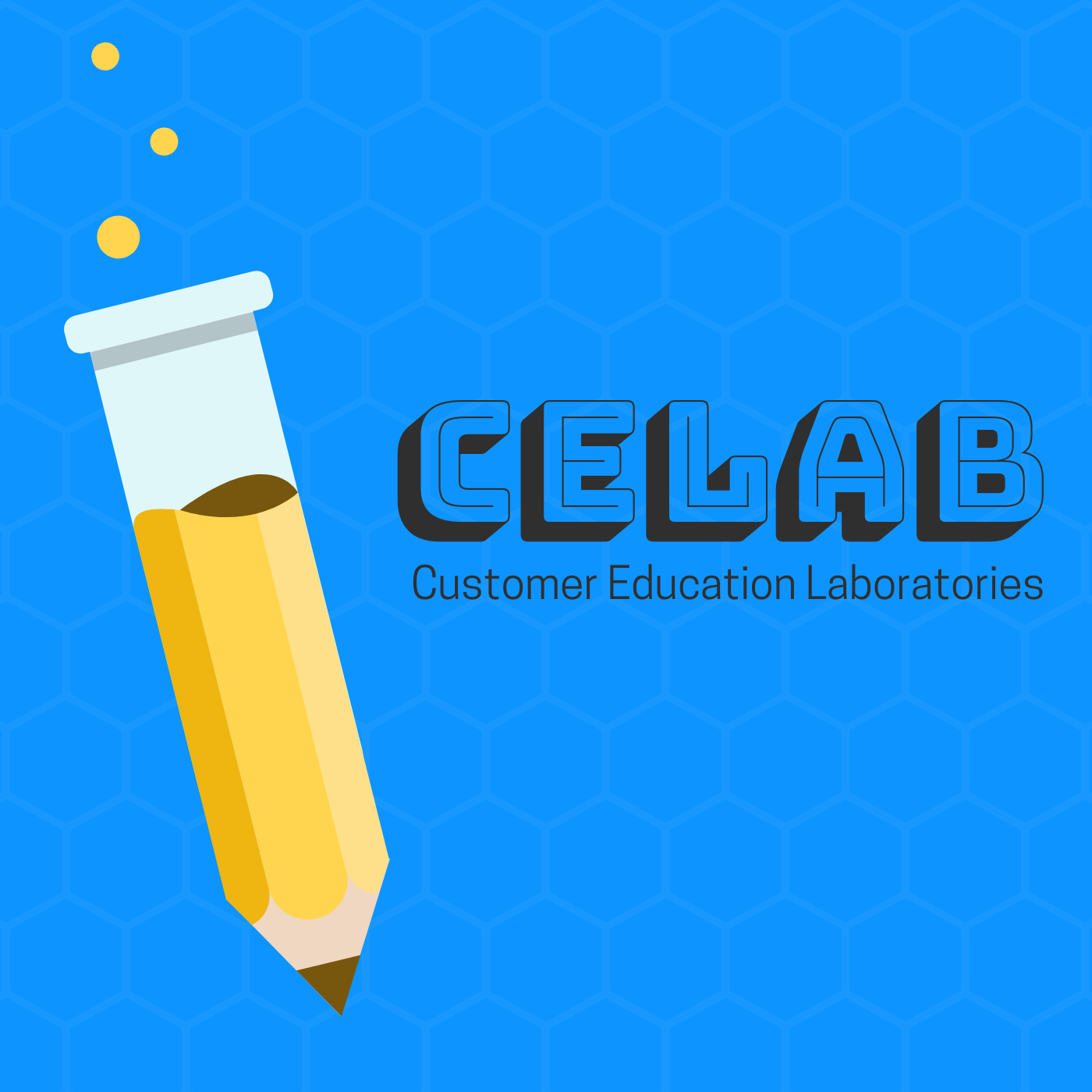 Photo by Martin Adams on Unsplash
Photo by Martin Adams on Unsplash
We’ve covered Instructional Design 101 topics on CELab before, but what about more advanced techniques? Once you’ve covered the basic frameworks, what are other evidence-based concepts that you can incorporate into your learning programs?
In this episode, Mike Di Gregorio, PhD, Director of Client Onboarding at Top Hat, walks us through how he incorporates advanced instructional design techniques to educate an audience of higher education professionals. We discuss the differences and similarities between traditional Instructional Design and the more modern face of Learning Experience Design, and how each of them play into the Customer Education world. We also discuss one of the key skills for any instructional designer: managing cognitive load for your learners, and making sure that they are not overwhelmed with too much information to process. We cover techniques that enhance learning transfer – in other words, getting learners to actually do what you taught them to do – and how you can incorporate them into your learning design. And finally, we talk about everyone’s favorite topic: Assessments! Specifically, how to go beyond “smile sheets” and how assessments can inform the way you iterate on content and drive your KPIs.

Video. It is often the go-to for many of our customers, and for good reason. Some stats from TechSmith, “83% of people prefer watching...

Skilljar Connect 2018 In this episode of CELab, Adam shares his experiences from Skilljar Connect, hosted in Seattle on November 14 and 15, 2018. ...

In this episode we kick off a new series that focuses on “The State of Customer Education” in 2020. We take a deep dive...